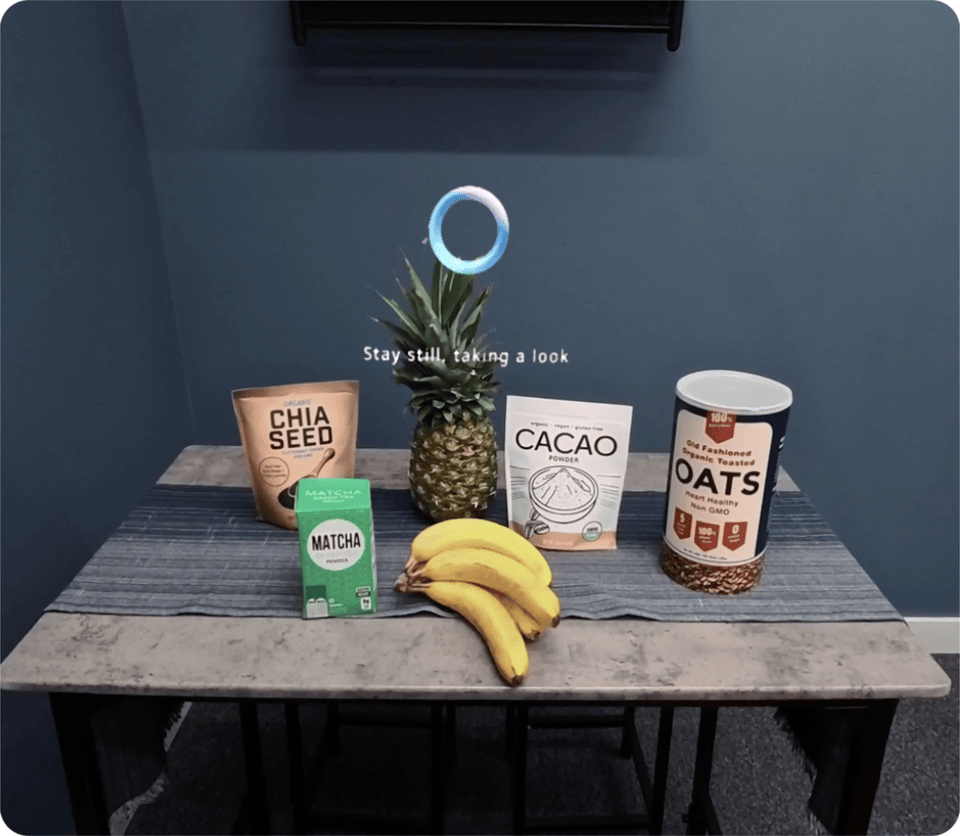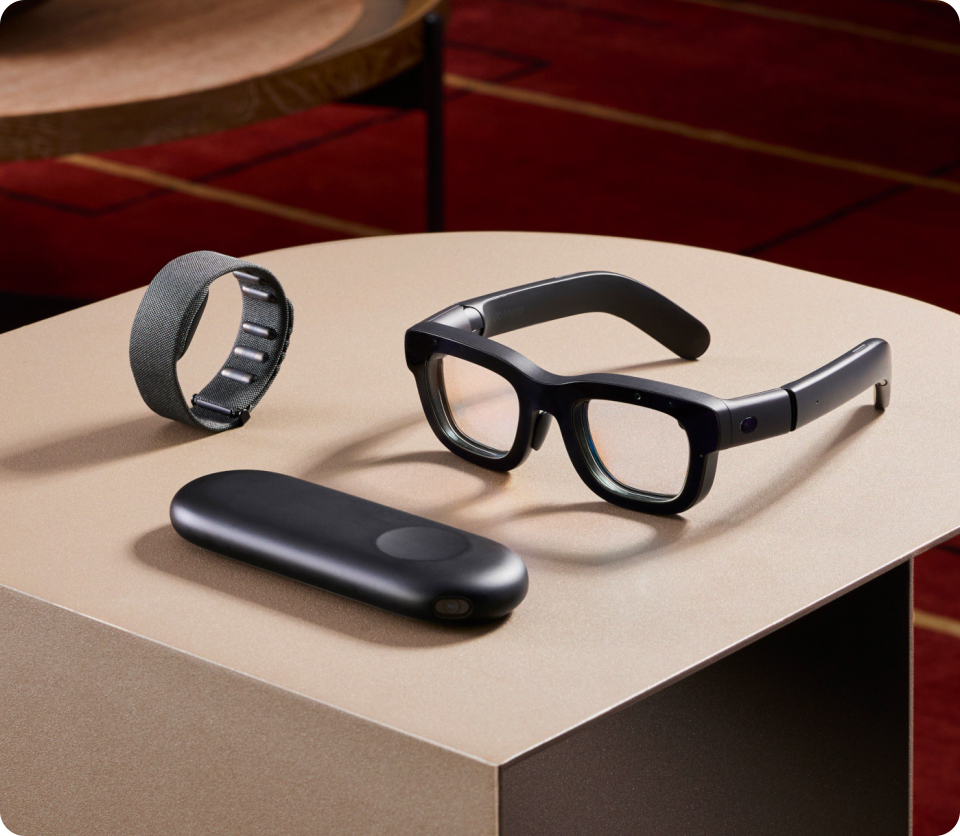
I was at Dallas Airport recently, waiting for my flight to Austin, when I noticed someone using an Oculus VR headset in the waiting area. He was casually watching a movie, barely noticing his younger brother beside him. Once he took the headset off, another passenger asked, “Wow, that looks cool—how comfortable is it? And can you use it on the plane?” Moments later, I spotted Ray-Ban Meta Smart Glasses on my Instagram Reels feed. Just seeing so many people experimenting with wearable tech made me realize: the future of wearables is closer than we think!
I was an early adopter of smartwatches and remember wearing the early Asus Zenwatch with its terrible battery life and big bezels. People often asked about the clunky device on my wrist. But now, wearables have started blending seamlessly into our lives, making them almost indistinguishable. Apple played a significant role in making smartwatches widely popular by integrating them perfectly into their ecosystem. Smartwatches are now going through their second wind, with companies like Whoop and Garmin finding niche customer segments.

Asus Zentwatch and Samsung Galaxy Active 2 from 2016
As a hardcore Garmin user now, I have to say that apart from the running features, the battery life is my favorite aspect. Smartwatch adoption is now widespread, and I’m excited to see where gesture-controlled wrist wearables take us next. However, I believe the next big wearable to break into the market will be glasses 👓—something I’ve been eagerly anticipating for a long time! Here’s why:
The Market Already Exists!
There are 4 biliion eyeglass wearers worldwide and 66% of adults in the US use some form of vision correction. Many of these are people like me, who wear glasses daily. As an avid glasses wearer, I don’t mind spending on glasses because I know I’ll use them daily. If smart glasses can blend into my life seamlessly and add cool functionalities without requiring constant charging — or even allow me to continue using them as regular glasses after the battery dies — it’s a huge advantage and I will be willing to atleast try it out.

Glasses Are Cool Now!
I grew up in India and started wearing glasses in third grade after a math quiz where I copied all the wrong numbers from the board. Once I got glasses, I never enjoyed wearing them—they were always associated with being "nerdy" (which, to be honest, I was). But something incredible happened in India: a company called Lenskart changed the game.
They optimized the glasses supply chain and started delivering eyewear from a centralized automated warehouse through an online platform. Their biggest achievement, however, was making glasses a fashion statement. Founder Peyush Bansal, who appeared on Shark Tank, wore a different pair of glasses on every episode. Lenskart also got Bollywood stars to endorse glasses and even encouraged cricket fans to wear color-coordinated glasses at matches to grab attention on camera.

Bollywood Actors promoting it's 'stylish' glasses Source: Lenskart
Suddenly, glasses became cool. I believe this shift has created a larger market, as people who wear glasses for fashion won’t mind added functionalities.
That’s why I think Ray-Ban Smart Glasses are a game-charnger. Smart glasses have tried to mimic regular glasses since the days of Google Glass, but finally, we have eyewear that looks normal and is selling well because of its discreet design. “Aesthetics” is now the name of the game in wearable tech. Meta’s success lies in creating glasses that don’t look like tech devices, avoiding the "nerdy" stigma.
Holograms!
What excites me most is that we’re getting closer to holograms! Mark Zuckerberg recently shared on the Acquired podcast (where he wore a self-designed tee with a chain—love it!) that Meta’s ultimate goal is to build AR glasses enabling “holographic presence.”
Imagine being in a meeting with colleagues who feel physically close, even if they’re thousands of miles away, because you can see their holograms in the same room.

Source: https://about.fb.com/news/2024/09/introducing-orion-our-first-true-augmented-reality-glasses/
This demo from Meta's Orion, though simple, shows how awesome this future could be. Even with just basic features like setting timers, navigation, and Google Maps integration, I’m all in!
If technology can blend into my glasses and keep me connected without constantly looking at a screen, I’m all for it. There are challenges, especially with battery life, but as Mark pointed out, AI is advancing faster than expected.
Why Now Is Different
Better Battery Tech: Batteries are more efficient than ever, and ongoing R&D continues to improve capacity and charging speed.
Consumer Comfort: People already use VR headsets for gaming and entertainment. Ray-Ban Meta Smart Glasses look stylish enough for daily wear.
AI Advancements: Large language models and on-device AI now enable real-time understanding of surroundings, making these devices far more useful than earlier iterations of “smart glasses.”
Genuine Use Cases: Beyond watching movies or playing VR games, wearables are shifting toward practical tasks like translation, navigation, collaboration, and remote assistance.

Source: https://about.fb.com/news/2024/09/introducing-orion-our-first-true-augmented-reality-glasses/
My Take
I’ve always been excited about AR’s potential, but seeing people in real life—at an airport lounge, no less—using Oculus headsets and Ray-Ban Smart Glasses makes the future feel incredibly near. It reminds me of the early iPhone days, when seeing someone using a touchscreen made us think, That’s cool… maybe I should try it next.
Once these devices reach the right balance of comfort, price, and battery life, I believe we’ll see a rapid uptick in mainstream use. Google Glass might have been ahead of its time, but it paved the way for what’s coming. With Meta, Apple, and others racing to perfect these products, I expect wearables to have their “iPhone moment” very soon.
If you’re on the fence about jumping in, I’d say keep an eye on developments from Meta Reality Labs over the next two years. Soon, you’ll likely see more people with sleek AR glasses in cafes, airports, and parks, blending physical and digital life in ways that feel surprisingly natural. As someone who has worn glasses for years, I’m beyond ready to see my daily accessories become even more powerful and connected. Also can't wait to do my chores like this very soon:

Source: X (@pushmatrix)